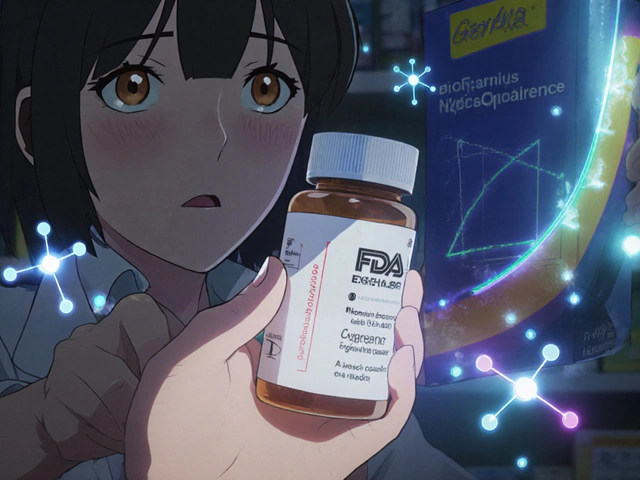Herbal Safety: What You Need to Know Before Taking Any Plant
Herbs feel natural, but that doesn’t make them risk‑free. A single herb can cause stomach upset, allergic rash, or even interfere with prescription meds. Knowing the basics can keep you from unwanted side effects.
Spotting Risks and Side Effects
Start by reading the label. Look for any warning about pregnancy, blood‑thinning, or liver problems. If the product lists ingredients you can’t pronounce, pause. Common red flags include “proprietary blend” and “standardized extract” without dosage details. When you notice itching, dizziness, or sudden nausea after a dose, stop and note the timing – it helps health professionals pinpoint the culprit.
Don’t assume a herb is safe just because a friend swears by it. Natural doesn’t equal harmless. For example, St. John’s wort can make many antidepressants less effective, while ginkgo may increase bleeding risk if you’re on blood thinners. Always check a reliable database or ask a pharmacist if you’re unsure.
Choosing Quality Products
Buy from reputable retailers that provide batch numbers, expiration dates, and third‑party testing results. Certificates of analysis (COA) show the herb contains what it says and isn’t laced with heavy metals or pesticides. If a price seems too good to be true, it probably is – low‑cost bulk powders often contain fillers or counterfeit material.
Store herbs in a cool, dry place away from sunlight. Heat and moisture break down active compounds, reducing effectiveness and sometimes creating mold. Keep containers tightly sealed and label them with the purchase date; most dried herbs stay potent for 1‑2 years.
When you start a new herb, begin with the lowest recommended dose. Some people need less to feel benefits, and a gentle start lets you see how your body reacts. Keep a simple log: date, amount, and any symptoms. This record is gold if you need to talk to a doctor later.
If you’re on prescription medication, bring your herb list to the appointment. Doctors may not ask about supplements unless you mention them. A quick chat can prevent serious drug‑herb interactions and help your provider adjust doses safely.
Pregnant or nursing people should be extra cautious. Many herbs cross the placenta or appear in breast milk, and data on safety is often limited. Until you have solid evidence, stick to herbs that are specifically labeled as safe for pregnancy.
Allergic reactions can happen even with well‑known herbs like echinacea or lavender. If you have a history of allergies, do a patch test: apply a tiny amount of the diluted herb to your inner arm and wait 24 hours. No reaction? You’re likely okay to proceed.
Finally, remember that “herbal” doesn’t replace medical care. If you have a chronic condition, use herbs as a complement, not a cure. Regular check‑ups, blood tests, and open communication with your health team keep everything in balance.
By watching labels, choosing vetted brands, starting low, and staying in touch with professionals, you can enjoy the benefits of herbs without the unwanted surprises. Stay curious, stay safe, and let nature work for you, not against you.






